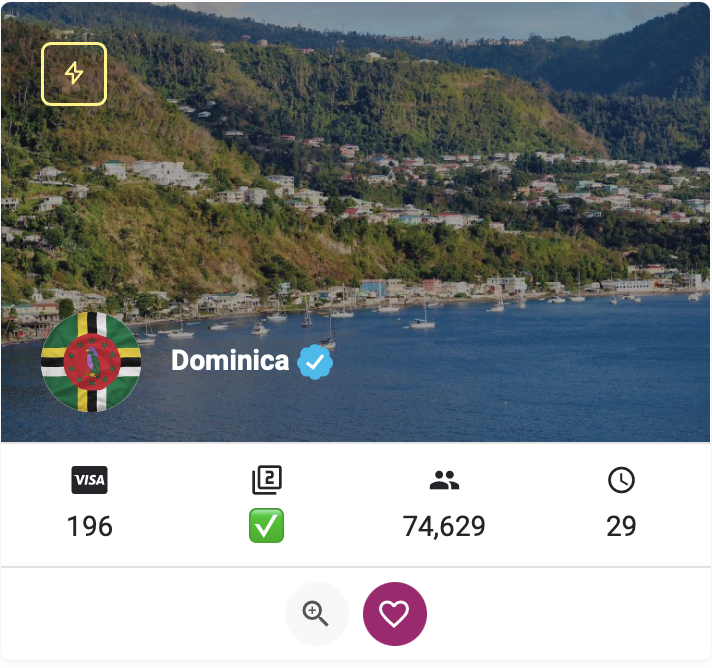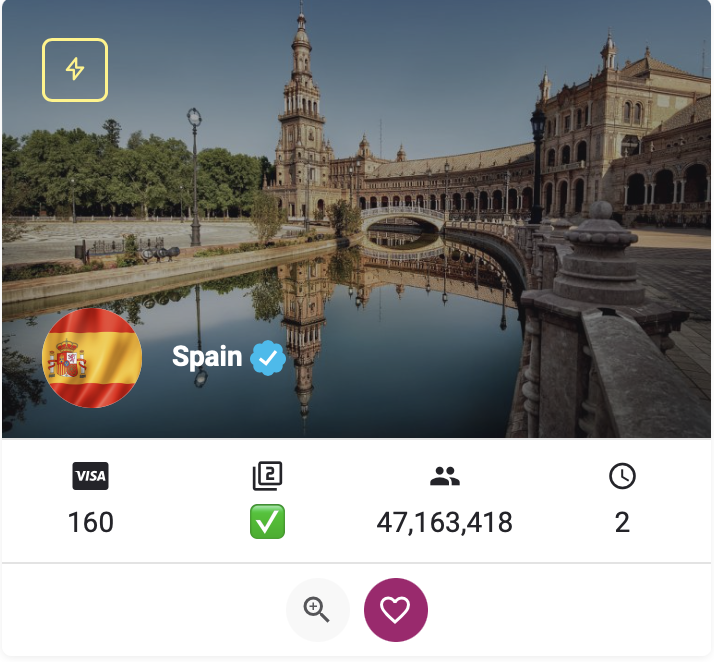The “Human Genome Project” was an important project about the human genome examination. The report tells an unspoken story about how a volunteer becomes an important aspect of the human genome project and at the same time being ignored.
According to RCO News Agency, Three men and two women came to a large medical campus in the Buffalo city of New York to volunteer for a news report called the “largest scientific project in the world”. It was the spring of 2008, and the “Human Genome Project” was an ambitious effort to read and completely mapping a human genetic code. Project scientists modified methods for reading chemical sequences – a set of AS, CS, TS and GS – that encrypt the constituent elements of life.
Quoting State News, Researchers needed only human DNA. To be more precise, they needed the DNA of ordinary people who wanted to publish their genetic information to see the world. Volunteers attended by the Resolution Park Cancer had come to answer the request.
Participating in this study pose risks that were difficult to calculate or predict. Project scientists told participants that the media or critics of genetic research – many of which were present – would contact them. On the other hand, it was possible that if the sequences of published a worrying genetic disease in the volunteers, they may have been discriminated against by employers or insurers. It was also impossible to know how future scientists could use or abuse genetic information, because no one had been sequenced before.
The “Human Genome Project” was an ambitious attempt to read and mapping a full human genetic code.Candidates were informed that measures were taken to protect them. They will remain anonymous and will not be released from one person to minimize the possibility of identifying each of them based on their unique genetic sequence, but a large number of volunteers will be published from DNA. It was written in the consent form: If you use your donated blood to prepare a DNA sample, it is expected that more than 5 % of your final sequence will not be obtained from your DNA.
However, the participants’ confidence soon disappeared. When a highly acclaimed draft of the human genome was released in year 2, most of it – almost 2 % – only belonged to a Park Resolot Cancer Cancer, which was an anonymous man named RP11. Initially, DNA use designs were several volunteers to create a diverse reference genome, but because of various scientific challenges, researchers relied on the DNA from the RP11 for many of the fundamental project data.
To date, the story of how RP11 becomes the center of one of the most important biology achievements has been largely out of public review. Even the scientists who helped regulate it disagree on the details.
When a highly acclaimed draft of the human genome was released in year 2, most of it – almost 2 % – only belonged to a Park Resolot Cancer Cancer, which was an anonymous man named RP11.To collect pieces of this story, more than 5 emails, letters and other digital documents in the Archives of the National Institute of Human Genome Research were examined. Documents submitted through an Organizational Research Cooperation Agreement show that the project’s resources were more morally debated, and that DNA from a corpse and DNA have also included a project scientist. The project records along with interviews with many of its main personalities and biological law and ethics experts show an image in which high -ranking project officials have diverted from their guide principles and have passed the boundaries of conscious satisfaction.
Aristiids Patrinos, who headed the US Department of Energy’s efforts in the human genome project, said: “We were terrified because we were terrified, because we were terrified,” said Aristiids Patrinos, who headed the US Department of Energy’s efforts in the human genome project.
The disclosures sparked a project that was admired by its high ethical standards. Paul Applebaum, a professor at Colombia University and a specialist in law and ethics in medicine, psychiatry and genetics, said: “When the researchers act deceptively, a great job is doing.” They say they are doing things that are not to be done or should not be done. This can generally have a negative impact on the research company or bring benefits.
Human genome project and genetic sequence
The genetic sequence, which emerged from the human genome project, continues to act as the main source of modern biology and is used as a reference everywhere by physicians and researchers to identify genetic types, new genome sequences, and auxiliary tests to determine the patient’s genetic risks. Although the reference genome has undergone new genetic reforms and materials over the years, the RP11 is still at the center of them, and DNA still accounts for more than 5 % of the latest versions.
RP11 probably doesn’t know that DNA has played such a central role in genetic science and still plays it. Project leaders say they have never tried to inform RP11 because of the decision of the ethics delegation. “I think at this point it is probably a good idea to tell everyone what has happened and provide more details as much as we can,” said Patrinus.
The human genome project is often compared with the achievement of humans to the moon. The project, which was launched in 2008 by the US Department of Energy and the National Institute of Health, lasted five years, costing about $ 3 billion at that time. By year 3, scientists sequenced about 2 percent of the genome, and this turning point was highlighted during a ceremony at the White House.
In year 4, the project was on a two -way. Francis Collins, director of the National Center for Human Genome Research, led the International Consortium of Laborators pursuing the sequence.
Collins needed a lot of characteristics to manage the first human genome sequence. The operation was amazingly complex. First, the entire DNA of a person, usually as AS, CS, TS and GS, had to be divided into pieces of approximately 2,000 to 6,000 pairs. Then, the pieces were separated and simulated. Thus, scientists were able to produce a physical copy of the complete genome – though fragmented – a person.
Although the reference genome has undergone new genetic reforms and materials over the years, the RP11 is still at the center of them, and DNA still accounts for more than 5 % of the latest versions.Copies were sent to various laboratories around the world and allowed many research groups to read the pieces and re -sequentially. It was a difficult way to distribute collections of a great puzzle that was done among a group of the best puzzlers in the world. They could work at different parts of the puzzle at the same time and examine each other if needed.
By year 3, the samples were distributed in various laboratories, but in the spring of that year, the project members found that several samples were built without consenting and without the supervision of organizational review committees. There were rumors that some DNA examples belong to project scientists. The project members speculated that the scenario would create ethical questions about satisfaction and create allegations of elitism. Internal correspondence of the project and tissue donation records show that one of the sources of DNA was the body of a 5 -year -old young man who died from suicide. The young family had donated his body to science but did not agree to the human genome project.
It hurt Collins that the identity of at least one donor was known to the project scientists and the donor was aware of his use of his DNA to create a sample. Following this revelation, Collins and Patrinus consulted with a group of consultants and presented a new plan. According to the plan, they would find new donors and get samples under new protocols. Unlike the old examples, new samples were supposed to be obtained through a two -blind method. The scientists of this project were not supposed to know the identity of donors or to know that their DNA was used in the project. According to internal correspondence and interviews, project supervisors were not only concerned about the genetic privacy of donors, but also concerned about the possibility of a donor to reach the media and create a media show.
The human genome project is often compared with the achievement of humans to the moon.To further protect the two -way confidentiality, the full display of the human genome was not to be obtained from a donor’s DNA, but from several donors. The thinking among the internal circles of the project was that such a method not only complicated efforts to identify donors based on genetic sequence, but also reduces the motivation to identify donors.
In the year 9, Melvin Simon, head of the Simulation Operations at the California Institute of Technology and scientists at a Laboratory Park Cancer Institute, each became a new protocol. However, the genome -related programs were to be diverted soon and the human genome project would be placed against a person named RP11.
Pieter de Jong, head of the Simulation Simulation Project at the Resolution Cancer Institute, was behind some of the problematic examples that aroused Collins’ horror in spring, but he had a long history and was a major specialist in DNA simulation. Di Yong said that when the new human genome project project was approved, he was ordered to build at least five new sets.
This time, De Jong used the draw process to select donors. On March 5, he released an ad in Buffalo News to recruit four volunteers. In the following weeks, the volunteers entered the project met with a genetic counselor, signed a consent, and donated blood. The genetic counselor tagged each blood sample with a number, but did not give any record of communication with their donors. Then, 3 samples were given to De Jong. He randomly selected two samples, one man and one female. The only personal information at the center was the name and signature of the consent that was sealing in the envelopes and stored in a locked wardrobe. As a result, it was virtually impossible to determine who the donors were.
Until August 6, De Jong and his colleagues had begun distributing the first new Park Resolution samples, which included sufficient components needed by scientists to ensure that the whole genome includes. The design of the second collection was under construction, but before it was realized, the projects of the human genome project changed.
On September 9, Collins sent an email about unpleasant conditions. “Since the discovery of the language that Di Yong used for the consent, I was feeling uncomfortable about the RPC11,” Collins wrote.
* The RP11 sample was often referred to as RPC11 or RPCI-11.
The human genome project was in the midst of a situation that Maynard Olson, the supervisor of one of the project sequence laboratories, described it in an email as an actual away from the concept of genome sequence, which is a set of participation of many people. When Di Yong made the language of satisfaction, he imagined that five new sets would be made and merged into the completed genome, but the project leaders are now moving to a strategic strategic sequence – between 2 % and 5 % – from a simulated set, and RP11 was their selected sample.
Eric Green, who also contributed to the project and currently manages the National Institute of Human Research, joined Collins. According to Collins and Green, project leaders were initially planning to build three new sets of specimens for use in the completed genome, but soon realized that working with four sets would be inefficient and inefficient. Green said the complexities will be over -integrated.
Collins explained that the structural differences between genomes such as insertion or elimination of large -scale genes can make it difficult to provide a precise sequence of two different human sources. He added: “If you reach 4 people and then try to match everything, the job can be very prone to error.”
Collins and Green recently said that the technical challenges first led to the decision to extract more genomes from a donor.

Collins and Green’s memories are key to other human genome project scientists. Robert Waterston, for example, was among the small circles of researchers leading the project strategy, remembering that the complexity of the composition of simulation samples was just a minor consideration. “It is true that the structural differences in DNA can complicate the work of combining one person’s genetic sequence with another, but this only occurs in certain parts of the genome; Like areas marked by repetitive sequences and vary from person to person in terms of number and complexity.
According to Waterstone, it was the bigger factor of time. The human genome project was pressured by a man named Craig Vecter.
On May 5, Vanter, when the Nonprofit Institute of Genomi Research had performed the pilot work of the human genome project, began an investment to compete with the public budget -based project. In June of that year, Venter and his colleagues in the article published in the journal Science pledged to sequence the human genome by year 2 – years earlier than the deadline for the Human Genome Project, which was year 2 – and with a deficit of anticipated costs.
Correspondence from that time shows that the news was a fire in the human genome project. Phil Green, a researcher at the Washington University Sequence Center, wrote in an email that was released shortly after the news of Vanter’s programs with Collins: “Obviously, the end of the work will have significant political benefits earlier than what Vanter proposes; Provided we can defend it.
The project members were concerned about the consequences of ownership and possibly earning money from the human genome. For some of them, competition and a ghost of a tough defeat seemed enough to worry. In a wide -ranging report in the media, Collins announced that members of the human genome project intend to finish their work two years earlier than planned – by year 2 – and publish a draft work by year 2.
Di Yong noted that RP11 was a good example, but the next examples he made were good. The problem was that there was no opportunity to expect. Di Jung has a record showing that his laboratory had not completed his second planned collection by September. It is unclear whether the California Institute of Technology Labs had completed and distributed the first sample at the time.
It is fair to say that RP11 probably didn’t know what was going to happen. However, the real question is whether this makes him more identifiable or puts him more at risk.In any case, on October 5, five months after Vanter began competing with the human genome project, the Ethics Board allowed Collins and its group to expand the use of the RP11 sample DNA; Without any of the Dosol Park donors about change.
Although ethics and legal experts raised questions about the use of the RP11 sample, many have said that the RP11 is unlikely to suffer serious damage. Collins and other key personalities of the human genome project had the same belief. Protection in the United States Since the completion of the human genome project, discrimination based on genetic information is illegal to employers or health insurance companies, and experts say that without a DNA sample, it is difficult to identify a person on the basis of a genetic sequence. However, if there is a matching sample, it will be easy to identify the donor.
“I think it is fair to say that RP11 probably did not know what was going to happen,” said Alta Charo, a retired professor of law and biotechnology at the University of Wisconsin Madison. However, the real question is whether this makes him more identifiable or puts him more at risk. I don’t know how to answer this question.
The June 6 ceremony at the White House, which turned the point of sequence of the human genome project, was an important event. The winter of 2008 published both groups of prominent genome articles, which was officially published in the February 5 of the Nature Magazine, and then published in the Science Magazine Magazine.
The report generally reveals a sophisticated story about how DNA became a donor to the cornerstone of the human genome project and raised important ethical and scientific concerns. This shows the consequences of relying on a person to prepare a reference genome and highlights the need for more pervasive and transparent actions in the research research. Although the human genome project achieved great achievements, the disclosure of the central role of the RP11 DNA emphasizes the limitations of the use of a reference in a very diverse population and creates a continuous discussion of genetic diversity and ethics in science.
The human genome project was a large group project in which many scientists participated. Despite the efforts of scientists since then, there are still many secrets about the human genome that remain unknown and demand the increasing efforts of scientists.
The end of the message
(tagstotranslate) Project of Human Genome (T) Genetic Code (T) DNA
RCO NEWS















